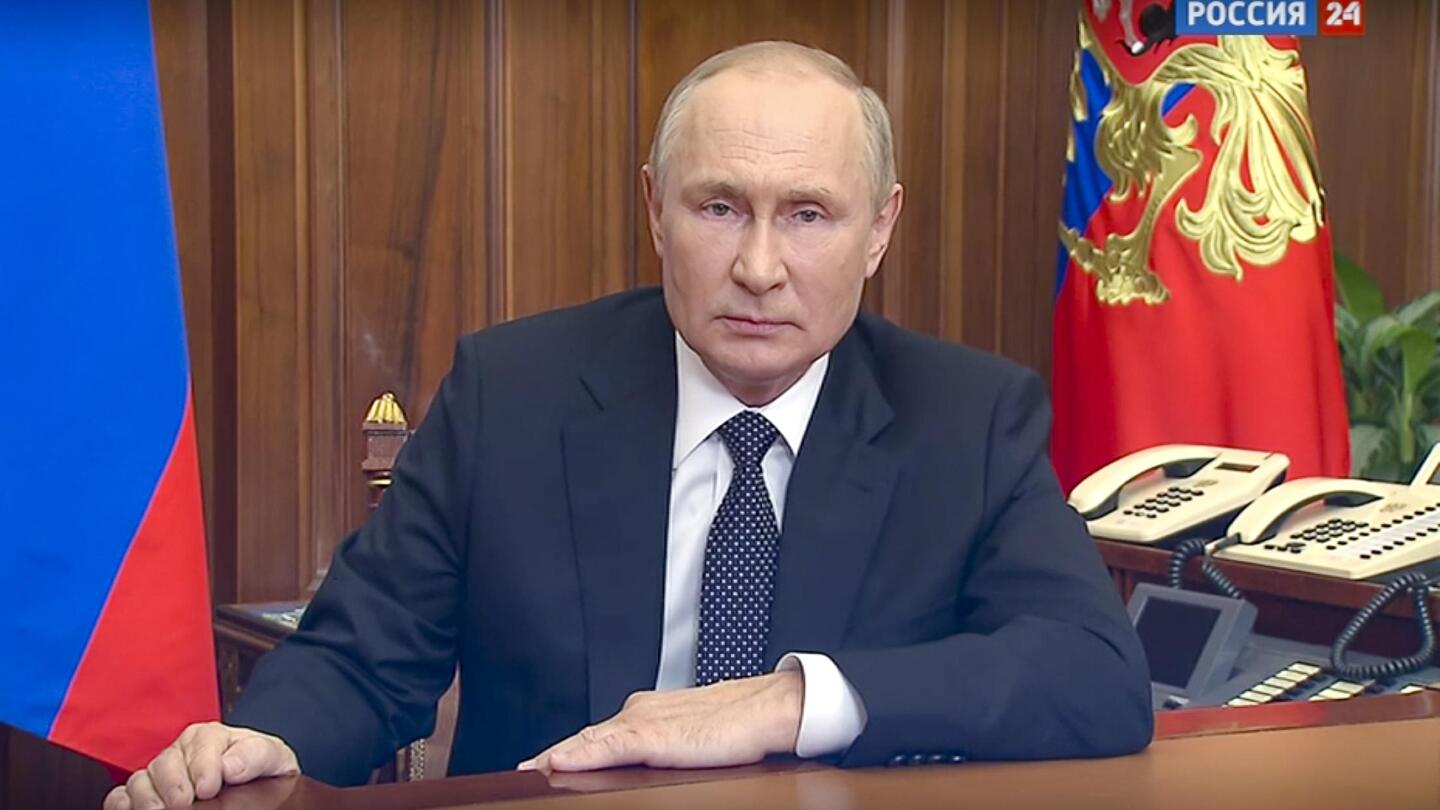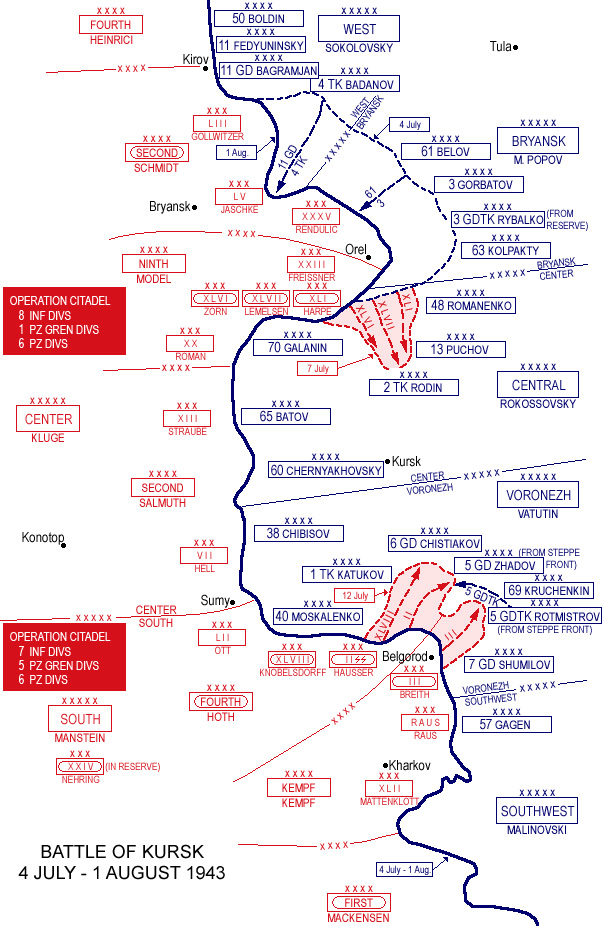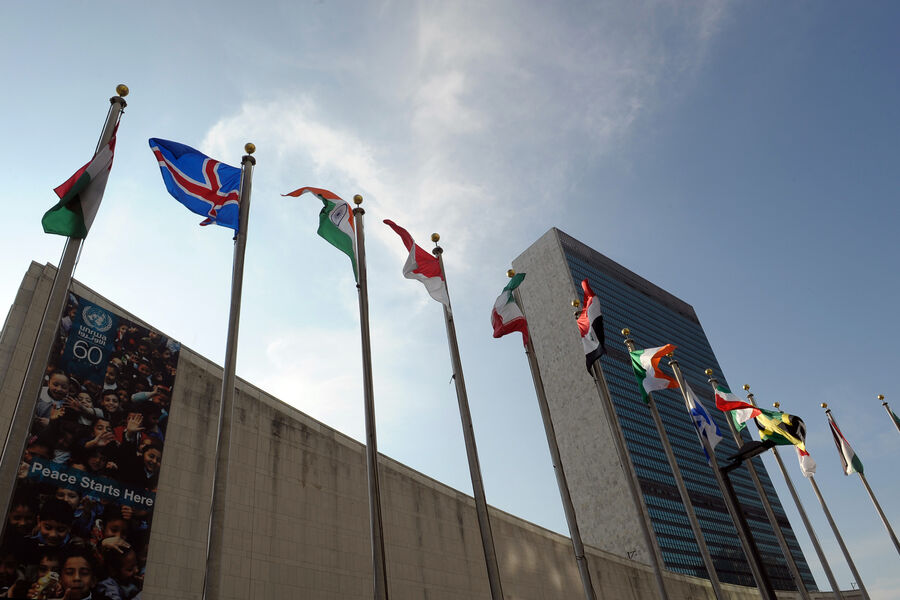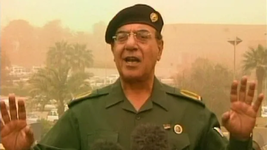The
Battle of Kursk was a major
World War II Eastern Front engagement between the forces of
Nazi Germany and the
Soviet Union near
Kursk in the southwestern USSR during late summer 1943; it ultimately became the largest
tank battle in history.
The battle began with the launch of the German offensive
Operation Citadel (
German:
Unternehmen Zitadelle), on 5 July, which had the objective of pinching off the Kursk
salient with attacks on the base of the salient from north and south simultaneously. After the German offensive stalled on the northern side of the salient, on 12 July the Soviets commenced their
Kursk Strategic Offensive Operation with the launch of
Operation Kutuzov (
Russian: Кутузов) against the rear of the German forces on the same side. On the southern side, the Soviets also launched powerful counterattacks the same day, one of which led to a large armoured clash, the
Battle of Prokhorovka. On 3 August, the Soviets began the second phase of the Kursk Strategic Offensive Operation with the launch of
Operation Polkovodets Rumyantsev (
Russian: Полководец Румянцев) against the German forces on the southern side of the salient.
The Germans hoped to weaken the Soviet offensive potential for the summer of 1943 by cutting off and enveloping the forces that they anticipated would be in the Kursk salient.
[33] Hitler believed that a victory here would reassert German strength and improve his prestige with his
allies, whom he thought were considering withdrawing from the war.
[34] It was also hoped that large numbers of Soviet prisoners would be captured to be used as
slave labour in the German armaments industry.
[35] The Soviet government had foreknowledge of the German intentions, provided in part by British intelligence's
Tunny intercepts. Aware months in advance that the attack would fall on the neck of the Kursk salient, the Soviets built a
defence in depth designed to wear down the German
armoured spearhead.
[36] The Germans delayed the offensive while they tried to build up their forces and waited for new weapons,
[37][38][39] giving the Red Army time to construct a series of deep defensive belts
[40] and establish a large reserve force for counter-offensives.
[41]
The battle was the final strategic offensive that the Germans were able to launch on the Eastern Front. Because the
Allied invasion of Sicily began during the battle,
Adolf Hitler was forced to divert troops training in France to meet the Allied threat in the Mediterranean, rather than using them as a strategic reserve for the Eastern Front.
[42] Hitler canceled the offensive at Kursk after only a week, in part to divert forces to Italy.
[43] Germany's extensive losses of men and tanks ensured that the victorious Soviet
Red Army enjoyed the strategic initiative for the remainder of the war. The Battle of Kursk was the first time in the Second World War that a German strategic offensive was halted before it could break through enemy defences and penetrate to its
strategic depths.
[44][45] Though the Red Army had succeeded in winter offensives previously, their counter-offensives after the German attack at Kursk were their first successful summer offensives of the war.
[46]




